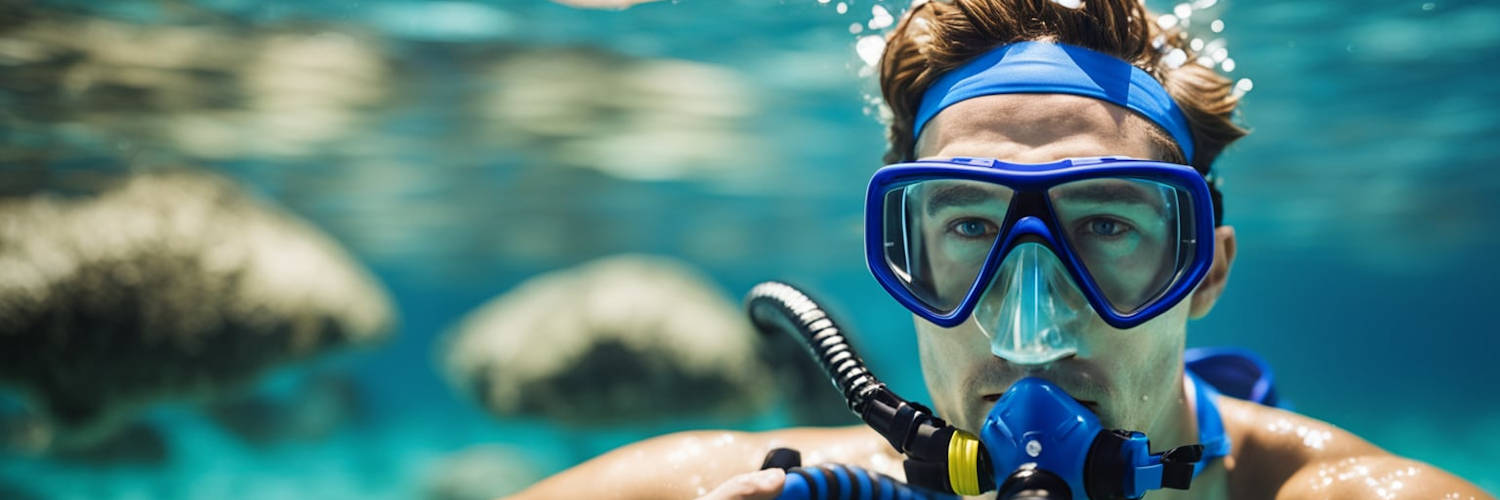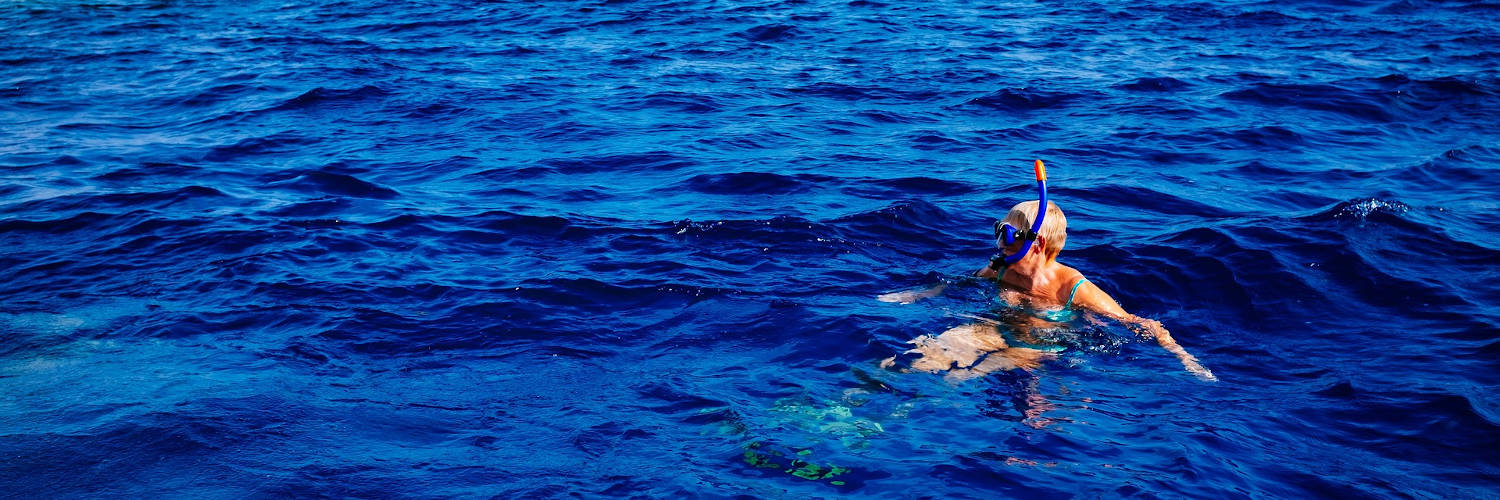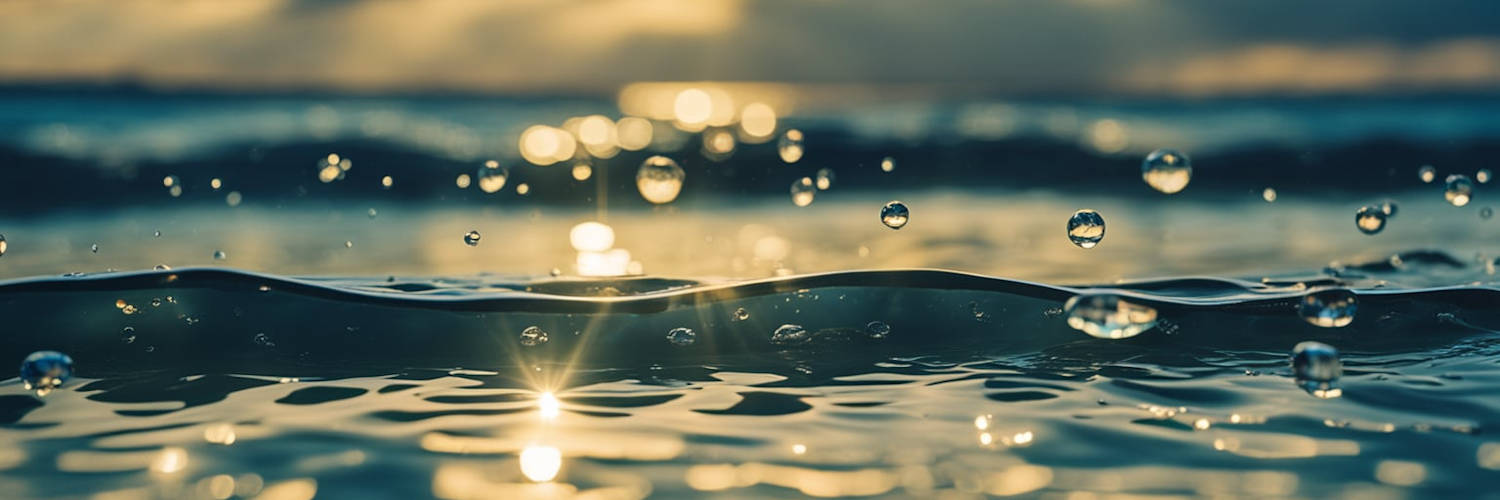Snorkeling After LASIK Eye Surgery: Guidelines for Safe Underwater Adventures
Snorkeling offers an immersive way to experience the vividness of the underwater world, but certain medical procedures, such as LASIK eye surgery, necessitate a period of recovery before it is safe to engage in water activities. LASIK, a popular form of vision correction surgery, is sought by many to reduce or eliminate their dependence on glasses and contact lenses. The procedure reshapes the cornea to correct refractive errors like nearsightedness, farsightedness, and astigmatism. LASIK is really good. Many people see much better after. This helps with lots of things, like swimming.
While the allure of clear vision without corrective lenses is a strong incentive for undergoing LASIK, diving into activities such as snorkeling requires caution. The surgery involves creating a flap on the corneal surface, which needs time to heal properly. Partaking in snorkeling too soon after the procedure could expose the eyes to irritants and increase the risk of complications. It is paramount for individuals who have undergone LASIK to allow an ample recovery period before returning to snorkeling to ensure their eyes are well-protected and fully healed.
Healthcare professionals typically advise waiting at least one to two weeks after LASIK before considering snorkeling and even then, taking protective measures such as wearing goggles. This careful method protects eyes from infection and stress, keeping the good results of LASIK and allowing people to enjoy clear vision underwater.
Understanding LASIK Surgery
LASIK surgery is a precise medical procedure aimed at improving vision by reshaping the cornea. This part gives an intro to the LASIK surgery, what to expect during recovery, and the things that could go wrong or side effects. It covers all the main things to know about LASIK.
Procedure and Recovery
LASIK, short for Laser-Assisted In Situ Keratomileusis, is a type of eye surgery that corrects vision by altering the eye’s cornea. The procedure involves a specialized laser tailored to an individual’s eye prescription. During consultation, the doctor evaluates suitability for LASIK and explains the process.
The steps in a LASIK procedure generally include:
- Numbing the eye with drops to ensure comfort.
- Creating a precise flap in the cornea using a laser.
- Reshaping the underlying corneal tissue with a second laser.
- Repositioning the corneal flap.
Patients typically are awake during the procedure, and it usually takes less than 30 minutes. After LASIK, the recovery begins immediately, with most patients noticing improved vision within a day. The healing process continues over several weeks, with patients commonly advised to avoid strenuous activities and environments that may harm the eyes.
Recovery typically involves:
- Wearing protective eye shields to prevent rubbing.
- Giving medicine for eyes to stop germs and swelling.
- Follow-up visits to monitor the healing process.
Potential Complications and Side Effects
While LASIK is widely considered safe, it carries potential risks, as does any surgery. The doctor should inform patients of potential complications preoperatively. These complications can include dry eyes, glare, halos, undercorrections, overcorrections, and in rare cases, loss of vision.
Side effects may occur after LASIK, often temporary:
- Mild discomfort or pain.
- Sensitivity to light.
- Itchy or burning sensation.
It’s critical for patients to report any severe or prolonged symptoms to their doctor promptly. The doctor can help with these problems to lessen future health issues. Patients should adhere strictly to the provided aftercare instructions to support the best possible outcomes.
Post-LASIK Water Activities
After LASIK eye surgery, engaging in water activities requires adherence to specific safety guidelines to ensure proper healing and avoid complications.
Safe Time Frames for Water Exposure
Patients are advised to wait before exposing their eyes to water to reduce the risk of infection and support the healing process. The safe time frames for water exposure after undergoing LASIK eye surgery are as follows:
- Swimming Pools: Goggles should be worn if swimming in a chlorinated pool after at least three days post-procedure, and unrestricted swimming is typically safe after two weeks.
- Natural Bodies of Water: Activities in oceans, lakes, or rivers should be avoided for a minimum of one to eight weeks to prevent exposure to microbes that could lead to infection.
- Other Water Sports: Low-impact water sports such as kayaking may be considered after one week with protective eyewear.
Recommendations for Swimming and Snorkeling
Post-LASIK patients should follow these guidelines when considering swimming or snorkeling:
- Swimming: Initially, swim with goggles to protect the eyes; after a period (usually two weeks), swimming without goggles can be safe. Always check with the surgeon for personal recovery recommendations.
- Snorkeling: This activity is best approached with caution; waiting at least four weeks before snorkeling is prudent, and protective goggles or masks should be used to safeguard the eyes from water contact.
Protective Measures After LASIK
After eye surgery, must keep safe from infections and irritation, especially in water. To maintain eye health and ensure proper healing, patients should follow specific guidelines regarding water exposure and protective gear usage.
Avoiding Infections and Irritation
Exposure to water sources such as oceans, lakes, or swimming pools can introduce bacteria and other pathogens that may cause infections. The eyes are particularly susceptible to infection during the healing period post-LASIK.
- Chlorinated Pools: Patients should wait at least one week before swimming in a chlorinated pool. It is recommended to wear protective goggles when swimming, and to avoid opening eyes underwater for about a month post-surgery.
- Natural Bodies of Water: Activities like swimming in lakes, rivers, or oceans should be postponed for a minimum of two weeks. Lakes and rivers might have germs that can make you sick.
Follow doctor’s orders for eye medicine to avoid dry eyes and getting sick.
Proper Eye Protection During Water Activities
Protective eyewear is non-negotiable during water activities after LASIK, as it shields the eyes from both infection and physical harm.
- Protective Goggles: When doing water things, people should wear goggles that stop water from getting in. This is to keep out water and things that can hurt.
- Sunglasses: When partaking in outdoor water activities, sunglasses with polarized lenses and 100% UVA/UVB protection are essential. These help to prevent dry eye and protect the sensitive post-operative eye tissues from harsh sunlight.
It is important to follow these guidelines to have a safe and easy recovery after LASIK.
Considerations for Water Environments
After LASIK surgery, patients need to be aware of the types of water environments they are exposed to and the specific risks associated. Various bodies of water have different bad stuff and dangers that can hurt the getting-better process of the eyes.
Chlorinated vs. Natural Water
Chlorinated Water: Chlorine makes water clean. It kills germs. Pools have controlled settings. Chlorine keeps pools safe. However, for an individual with recently corrected vision through LASIK, the harsh chemicals may still cause irritation and increase the risk of infection.
- Recommendation: Avoid chlorinated pools for a minimum of two weeks post-surgery.
Natural Water Bodies: Ponds, streams, and seas can hold tiny living things and trash. The lack of chemical control can pose a higher infection risk to a healing corneal flap.
- Precaution: Wear protective goggles if engaging in water activities like kayaking or surfing.
Specific Risks in Varied Water Bodies
Lakes and Rivers:
- Risks: More germs and more debris.
- Activities to Avoid: Water skiing, kayaking; avoid submersion.
Ocean:
- Risks: Salty water can make eyes dry; sand and matter can make infections worse.
- Activities to Caution: Surfing demands caution; water polo and contact sports should be avoided until full healing is confirmed.
Hot Tubs:
- Risks: High temperatures foster bacteria growth, even in chlorinated water.
- Safeguard: Stay clear of hot tubs for at least two to three weeks post-operation.
Lifestyle and Leisure Post-Surgery
After undergoing LASIK surgery, individuals can expect a significant transformation in their lifestyle and leisure activities, particularly those related to vacations and outdoor pursuits. While there are enhancements to the quality of life, certain post-operative recommendations must be adhered to for a smooth recovery.
Vacationing and Outdoor Activities
Post-LASIK, vacations and outdoor activities become more convenient without the dependence on corrective lenses. Exercising outdoors and engaging in sports are activities that can be enjoyed with greater ease. However, swimming should be approached with caution. It’s recommended to wait for at least two weeks before swimming in pools or protected bodies of water, while natural environments like lakes, rivers, and oceans may require a longer wait time. When you play in water like kayaking and snorkeling, use eye protection to keep your eyes safe from things that can hurt them.
- Winter vacations: After LASIK, engaging in winter sports such as skiing is permissible, but with the caveat of wearing goggles to protect against UV light and debris.
- Tanning and alcohol: Exposure to intense sunlight and consuming alcohol should be moderated after surgery to avoid any unnecessary complications during the healing process.
Managing Expectations and Limitations
Despite the rapid recovery associated with LASIK, understanding limitations in the weeks following the procedure is crucial for healing. The use of makeup near the eyes is typically postponed to avoid the risk of infection, and bathing practices such as direct showers or baths that could contact the eyes are usually restricted initially.
- Vision fluctuations: Patients might notice changes in their vision, such as glare, halos, or discomfort due to light, which generally improve over time.
- Follow-up care: Maintaining appointments with an ophthalmologist to monitor healing and to get approval for resuming certain activities is crucial.
| Activity | Time Post-Surgery | Considerations |
|---|---|---|
| Swimming in pools | 2 weeks | Wear protective goggles |
| High-impact water sports | 3 weeks | Goggles are recommended |
| Using makeup | According to doctor’s advice | Prevent infection |
| Direct water exposure (showers, baths) | Initially avoid | Protect from irritation |
Lubricating eye drops are often prescribed to alleviate any sensations of pressure or dryness. For a while, people need to keep their eyes safe with UV sunglasses, even after getting better, to keep the eyes and surrounding parts healthy. Following these rules helps keep the good effects of LASIK for a long time and lowers the chance of problems or slow healing.





